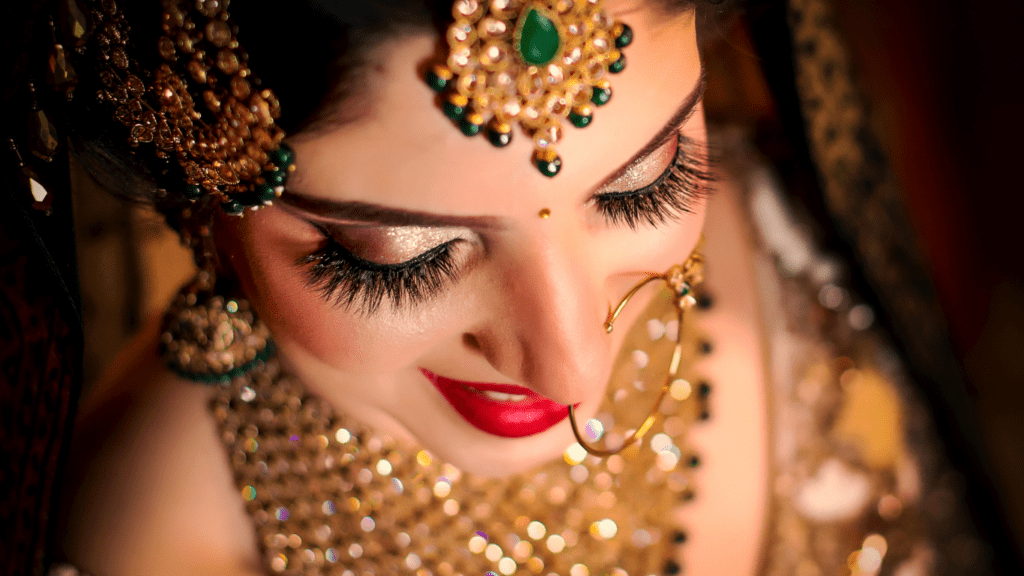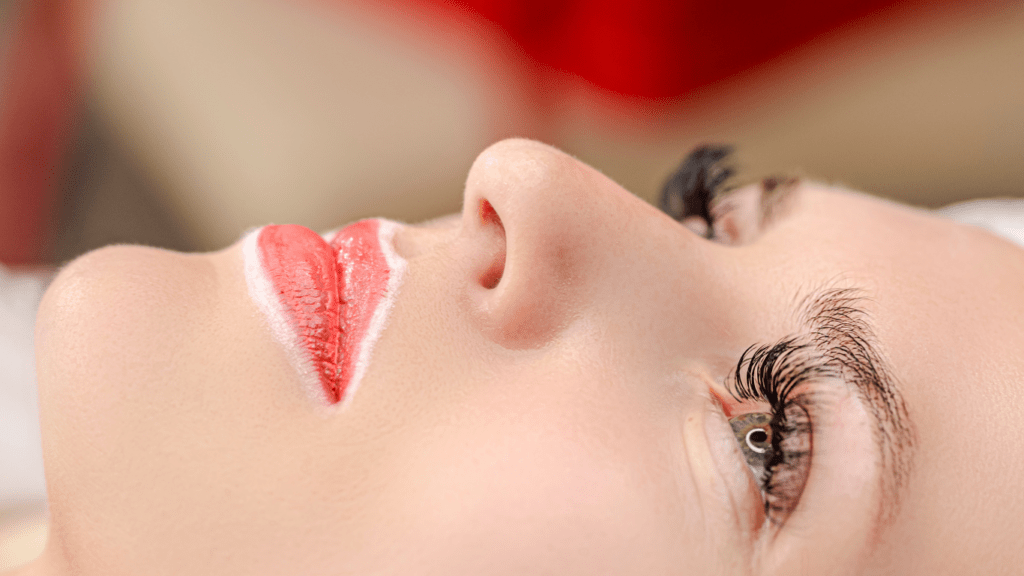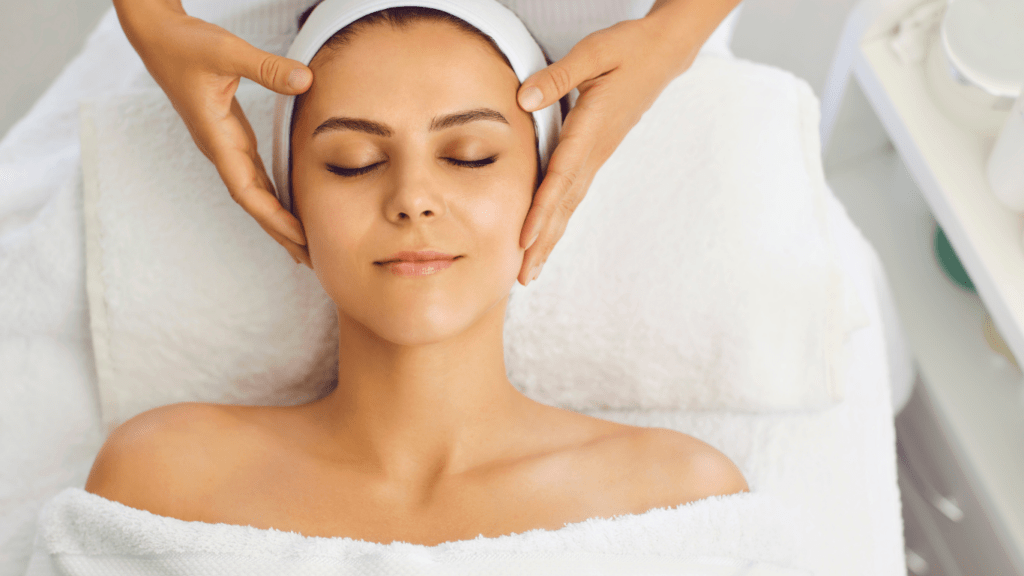Understanding Your Skin Type
Successful makeup application starts with recognizing your skin type. Identifying whether your skin is dry, oily, combination, or sensitive impacts the products and techniques you use.
Importance of Skin Prep
Skin prep ensures makeup lasts longer and looks smoother. Cleanse the face thoroughly to remove oil and dirt. Use a toner to balance skin’s pH levels and facilitate better product absorption. Then, apply a moisturizer suitable for your skin type for a hydrated base. A primer follows to create an even surface and minimize the appearance of pores and fine lines.
Choosing the Right Products
Selecting the appropriate products enhances the final look. For oily skin, opt for oil-free and matte formulas. Choose hydrating and creamy products for dry skin. Combination skin benefits from balancing products that address both oily and dry areas. Sensitive skin requires hypoallergenic and fragrance-free items to avoid irritation. Ensure foundations, concealers, and powders match your skin tone and type for optimal results.
Essential Makeup Tools
The right tools enhance makeup application, ensuring a flawless finish. Here’s a look at essential brushes, sponges, and additional tools.
Brushes
Brushes create precise, smooth application. Different brushes serve various purposes:
- Foundation Brush: Provides even coverage and a smooth finish.
- Powder Brush: Distributes loose or pressed powder evenly on the face.
- Blush Brush: Perfect for applying blush to the cheeks.
- Eyeshadow Brush: Ideal for applying and blending eyeshadow.
- Angled Brush: Useful for shaping and defining brows, and lining eyes.
These tools ensure each product blends seamlessly into the skin.
Sponges
Sponges offer a soft, even application, crucial for liquid and cream products. They can reach areas brushes might miss. Essential sponges include:
- Beauty Blender: For blending foundations, concealers, and powders.
- Wedge Sponge: Suitable for precise application and contouring.
- Silicone Sponge: Ensures minimal product wastage since it doesn’t absorb makeup.
Sponges help achieve a natural, airbrushed finish.
Additional Tools
Additional tools polish the final makeup look. Essential tools include:
- Eyelash Curler: Enhances the natural curl of lashes, prepping for mascara.
- Tweezers: Help shape and maintain eyebrows.
- Makeup Palette: Organizes different products, making application more efficient.
- Brush Cleaner: Ensures that brushes last longer and provide cleaner applications.
- Mirror: With good lighting, it helps in accurate makeup application.
These tools contribute to long-lasting, flawless makeup application every time.
Step-by-Step Makeup Application

To achieve a flawless makeup look, follow these steps in the correct order, ensuring each product is applied and blended smoothly. Here’s how to do it.
Primer
Apply primer evenly across your face to create a smooth surface for your makeup. Choose a primer suited to your skin type (e.g., hydrating for dry skin, mattifying for oily skin).
Foundation
Use a foundation brush or sponge to apply foundation in even strokes. Make sure the foundation matches your skin tone and type. Blend thoroughly around the edges, including your jawline and hairline, to avoid harsh lines.
Concealer
Dab concealer under your eyes, on blemishes, and any areas where you need extra coverage. Use a shade lighter than your foundation for under-eye coverage and a matching shade for blemishes and redness. Blend it seamlessly into your foundation.
Setting Powder
Dust setting powder lightly over your face to set your foundation and concealer. Use a large fluffy brush for an even application. Focus on areas prone to oiliness, like your T-zone.
Contouring
Apply contouring powder or cream in the hollows of your cheeks, along your jawline, and at your temples. Blend well to create shadow and add dimension to your face. Use a shade darker than your natural skin tone.
Blush
Add blush to the apples of your cheeks, sweeping it upwards towards your temples. Choose a color that complements your skin tone. Use a blush brush for a soft, natural finish.
Eyeshadow
Apply eyeshadow primer to your lids first to prevent creasing. Select shades that enhance your eye color. Use a lighter shade on your lid, a medium shade in your crease, and a dark shade for outer corners.
Eyeliner
Line your upper lash line with eyeliner for depth. You can use pencil, gel, or liquid eyeliner. For a more dramatic look, create a slight wing on the outer corners.
Mascara
Apply mascara to your upper and lower lashes. Use long, sweeping motions from the root to the tip of your lashes. For added volume, apply a second coat once the first one dries.
Eyebrows
Fill in your brows with a brow pencil, powder, or pomade. Use short, hair-like strokes to mimic your natural brow hairs. Brush through your brows with a spoolie to blend the product.
Lipstick
Finish your look with lipstick. Choose a shade that complements your makeup and outfit. Apply lip liner first for precision and to prevent feathering, then fill in with lipstick. If you want extra durability, blot and reapply.
Tips for Long-lasting Makeup
Long-lasting makeup ensures you look your best all day. Using specific products and techniques can keep your makeup intact for hours.
Setting Sprays
Setting sprays seal your makeup. These sprays form a protective barrier that prevents smudging and fading. Choose a setting spray based on your skin type for the best results. For example, mattifying sprays suit oily skin, while hydrating sprays benefit dry skin. After applying your makeup, hold the spray 8-10 inches from your face and mist evenly. This will lock in your look without disturbing your carefully applied makeup.
Touch-up Techniques
Carrying a few essential items can keep your makeup looking fresh. Blotting papers help control oil without disturbing makeup. Press a blotting paper gently on oily areas to absorb excess shine. For smudged mascara or eyeliner, use a cotton swab dipped in micellar water to clean up the edges. A compact mirror and travel-sized versions of your foundation, lipstick, and powder can also be invaluable for quick touch-ups during the day. Reapply as needed to maintain a flawless appearance.
Common Makeup Mistakes to Avoid
Achieving a flawless makeup look involves following best practices. Here are common mistakes to watch out for:
- Skipping Primer
Primer creates a smooth base for makeup. Skipping it can lead to uneven application and reduced longevity. - Wrong Foundation Shade
Using a foundation too light or dark results in a mismatched complexion. Always test shades in natural light and match them to your neck. - Overapplying Concealer
Too much concealer can look cakey and accentuate fine lines. Apply a thin layer and build up gradually if more coverage is needed. - Ignoring Blending
Improper blending creates harsh lines. Blend foundation, eyeshadow, and contour thoroughly to achieve a seamless finish. - Neglecting Eyebrows
Undefined or overly done eyebrows disrupt facial harmony. Fill in sparse areas to create natural, well-shaped brows that frame the face. - Applying Too Much Powder
Excess powder settles into lines and creates a flat look. Use a light hand and focus on oil-prone areas. - Skipping Setting Spray
Setting spray locks makeup in place. Without it, makeup can fade quickly, especially in humid conditions. - Using Dirty Brushes
Dirty brushes harbor bacteria and cause breakouts. Clean brushes regularly to ensure a smooth and hygienic application.
These common mistakes can undermine even the best makeup techniques. By avoiding them, you can enhance your makeup routine and achieve a flawless finish.


 Fashion and Beauty Editor-in-Chief at Divine Glamour Trail, is the creator of the platform, which is dedicated to sharing the latest trends in hairstyles, beauty, and skincare. With a passion for timeless fashion and practical style advice, Virginiana provides updates, tips, and insights that inspire readers to elevate their personal style. Her platform blends modern trends with enduring elegance, helping individuals feel confident and look their best.
Fashion and Beauty Editor-in-Chief at Divine Glamour Trail, is the creator of the platform, which is dedicated to sharing the latest trends in hairstyles, beauty, and skincare. With a passion for timeless fashion and practical style advice, Virginiana provides updates, tips, and insights that inspire readers to elevate their personal style. Her platform blends modern trends with enduring elegance, helping individuals feel confident and look their best.
